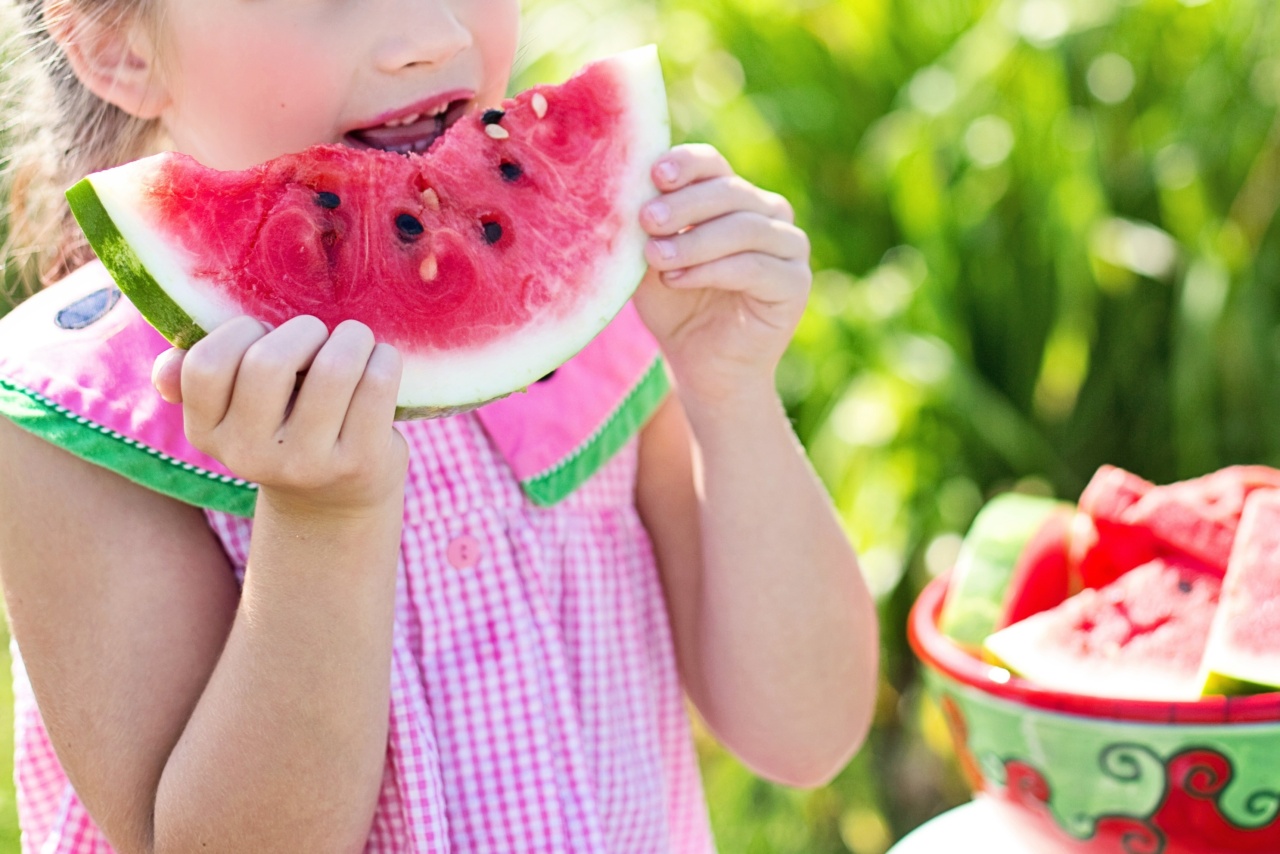Eating habits developed in childhood have a significant impact on a person’s health and well-being throughout their lifetime. When it comes to ensuring your children’s growth and development, instilling healthy eating habits is crucial.
Teaching them to make nutritious food choices from an early age not only benefits their physical health but also encourages a positive relationship with food. In this article, we will explore ten essential healthy eating habits that you can help cultivate in your children.
1. Introduce a Variety of Foods
Encourage your children to try different types of foods from an early age. Provide a wide range of fruits, vegetables, whole grains, lean proteins, and dairy products to make sure they receive the necessary nutrients.
Exposing them to diverse flavors and textures will help them develop a well-rounded palate.
2. Involve Them in Meal Planning
Engaging your children in meal planning and preparation can make them more interested in healthy eating. Allow them to pick out fruits and vegetables at the grocery store or help with simple cooking tasks.
This involvement will not only make them feel valued but also increase their knowledge and awareness of different food options.
3. Opt for Balanced Meals
Teach your children about the importance of balanced meals. Each meal should include a combination of carbohydrates, proteins, and fats. This approach ensures they receive a variety of nutrients while also stabilizing their energy levels.
Emphasize the value of fruits, vegetables, whole grains, lean meats, and healthy fats in their daily diet.
4. Have Regular Family Meals
Make an effort to have regular family meals together. Eating together as a family encourages a positive atmosphere and allows for open discussions.
It also provides an opportunity to model healthy eating habits, as children often imitate the behaviors of those around them.
5. Limit Processed and Junk Foods
While it’s alright to indulge in treats occasionally, it’s important to limit the consumption of processed and junk foods. These foods are typically high in unhealthy fats, added sugars, and salt, which can lead to various health problems.
Encourage healthier alternatives such as homemade snacks or fresh fruits when snacking.
6. Encourage Hydration
Teach your children the importance of staying hydrated. Water should be their primary beverage, while sugary drinks should be kept to a minimum.
Hydration plays a crucial role in maintaining overall health and helps enhance concentration and physical performance.
7. Teach Portion Control
Help your children understand the concept of portion control. Teach them to listen to their bodies and recognize when they are full.
Encourage them to eat slowly and savor their food, as this allows the brain to register feelings of fullness more accurately.
8. Limit Eating Out
While eating out occasionally is acceptable, try to limit it. Restaurant meals often contain larger portions and higher levels of unhealthy additives. Cooking meals at home provides you with more control over the ingredients and portion sizes.
9. Be a Role Model
Show your children the importance of healthy eating habits by being a role model. If they see you making nutritious food choices and enjoying a balanced diet, they are more likely to do the same.
As parents, you have the power to influence their attitudes and behaviors towards food.
10. Educate About Nutritional Benefits
Take the time to educate your children about the nutritional benefits of various foods. Teach them about the vitamins, minerals, and other essential nutrients different foods contain.
This knowledge will empower them to make informed choices and understand why certain foods are important for their health.
Conclusion
Developing healthy eating habits in your children is an investment in their long-term well-being.
By introducing a variety of foods, involving them in meal planning, and emphasizing balanced meals, you provide them with a strong foundation for a healthy lifestyle. Encouraging family meals, limiting processed foods, and promoting hydration further supports their overall health. As a role model, you can inspire them to make nutritious choices and educate them about the benefits of different foods.
Remember, instilling these habits early on can shape their relationship with food and set them up for a lifetime of good health.






























